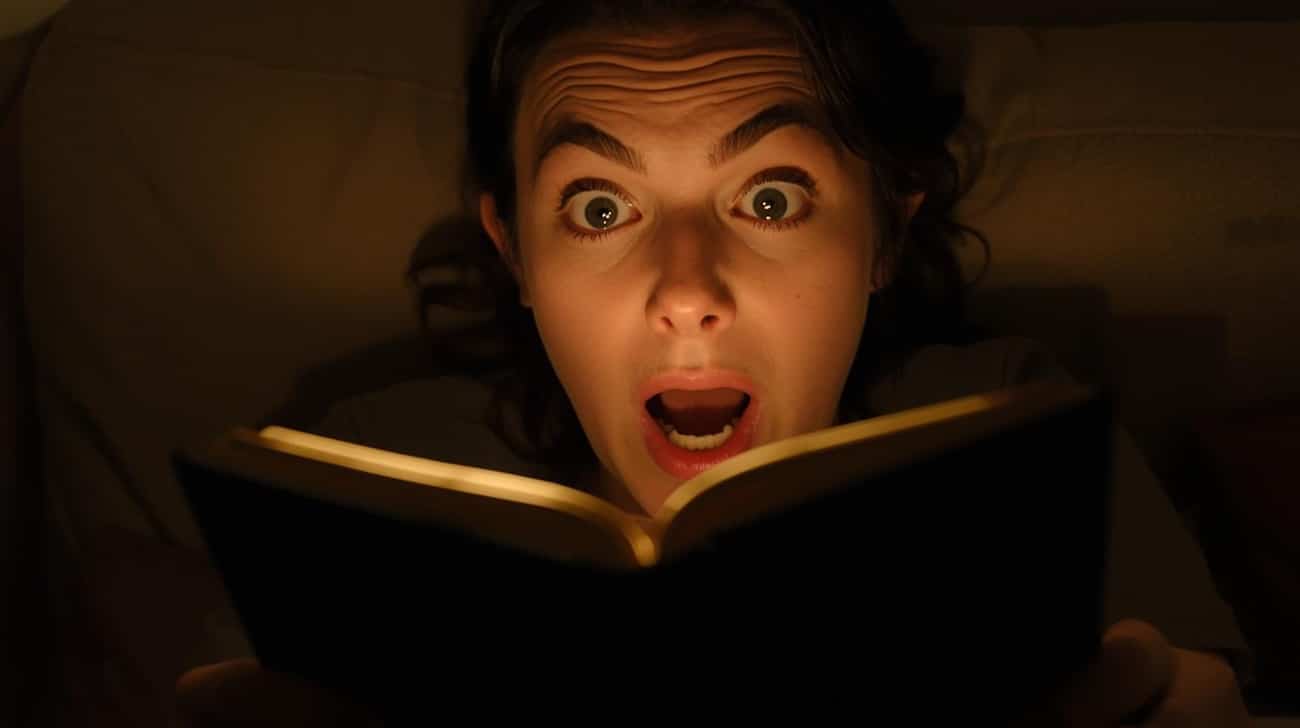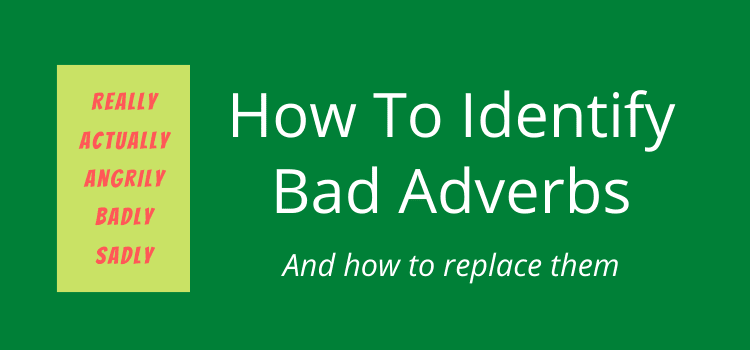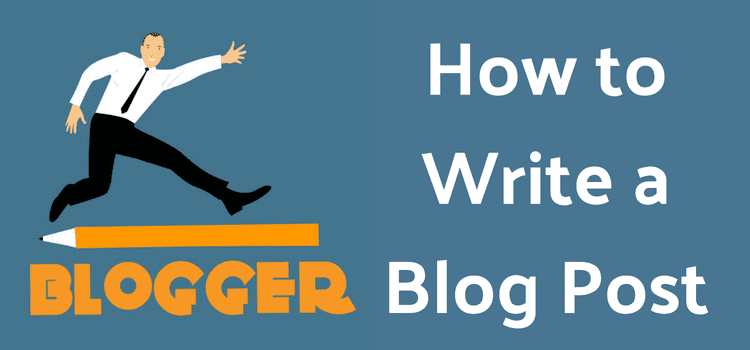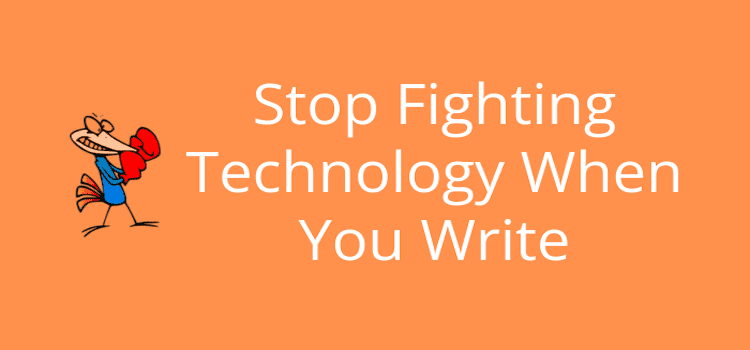
You’ve got just a few short seconds to hook a new reader and grab their attention, so make your first words really count.
The first 30 seconds are critical and will make or break whether someone continues reading or clicks away. Every word, every sentence, and every choice you make matters in your first few lines.
If your opening is dull or vague, you can lose readers instantly. But an intriguing or powerful first sentence can pull them in and keep them reading.
It’s this small time window where you will win or lose attention for an article, a short story, or even a novel. So what can you do?
Why the first 30 seconds are so vital
It’s the first few seconds of any piece of writing that set the platform for every word that follows.
Readers today, and especially online, make instant decisions about whether your writing is useful, informative, or entertaining, and worth reading.
Attention spans are now shorter than ever, and scrolling or clicking away happens unless you can convince a reader to stay and read for a little longer.
If you have a very bland or weak opening, it can be an invitation for potential readers to move on quite quickly.
It’s a good idea to think of the critical first few seconds as a filter. It’s the period of time that will separate those who will continue reading from those who will move on.
Even if you have the most brilliant idea that you know readers will love, it can fail if you don’t get that message across at the very beginning.
An article by Time Magazine starts with, “I’ve got your attention for 15 seconds, so here goes.” It goes on: “…people who click don’t read. In fact, a stunning 55% spent fewer than 15 seconds actively on a page.”
It shows that readers very often scan, skim, scroll, or click past content unless something grabs their attention immediately.
That’s precisely why you need a strong hook to convince a reader that the rest of your article or story is worth their time and attention.
And it’s not just online reading. For books, a preview read needs to grab a reader’s attention just as quickly, or a potential book buyer will move on fast.
Types of hooks that work

It’s your first sentence, or hook, that readers will use to decide to read on or leave.
One of the easiest and most popular is to spark curiosity with a question hook that will make readers think. “How long do you take to write a first sentence? A minute, an hour, or a day?”
Questions invite a response, so they can make a reader pause for a second or two to think about an answer.
You can turn any statement into a question. “Here’s how to get more readers” can become, “Do you want more readers?”
Shock or surprise hooks work with unexpected facts or statements. For example, “Think of a word that rhymes with orange. I bet you can’t.”
People are naturally drawn to surprising or alarming information, so you can be creative. But make sure your facts are correct.
Story hooks are very brief anecdotes that are written to create curiosity or intrigue. A tiny story can lead readers into a scenario, making them want to know what happens next.
Even a couple of sentences talking about a relatable personal experience can hook a reader emotionally.
Promise hooks can work well because they tell a reader exactly what benefit they’ll get from continuing to read.
For example, “Learn how to easily double your writing output.” Promises of what’s to come work because they offer instant value for a reader.
You can also use a contrarian hook. It’s an opening that challenges an assumption or flips a common belief on its head. For example: “Most writing advice about openings is wrong.”
Visual hooks use descriptive imagery or action to draw readers into the scene of a story. They help readers imagine the story and setting so they can connect quickly.
You can craft very effective openings by combining two or more hooks. For instance, you could use a question plus a promise, or a story with an unexpected fact.
Just keep in mind that you only have 30 seconds to hook a new reader, so make sure you give readers a solid reason to stay and keep reading.
Mistakes that waste your first precious seconds
The easiest way to lose a reader is to start with something vague or generic. Starting with an apology or disclaimer almost always makes for a weak beginning.
First sentences like, “I’m not sure if this is going to be much help, but…” or “This might be boring, but I think I have to say that…” create zero expectations or excitement.
Another factor is wasting valuable time on background information. Long lead-ins or explanations are the domain of academic papers, not for general reading.
Starting with a vague setup like “In this article, I’m going to talk about…” is a sure way to fail to gain any interest.
Sentence structure can also play a role. Sentences that start with expletives, like “there is”, “there are”, “it is” or “it was”, say nothing.
Clichéd opening phrases such as “Since the dawn of time…” or “In today’s fast-paced digital world…” have the same effect of adding zero information.
Front-loading an article with the conclusion might gain attention, but it usually leaves nothing for the reader to discover.
However, the biggest missed opportunity is connection.
If your first fifty words don’t pique a reader’s curiosity or interest enough, you’ve failed to connect, and your reader will bounce.
Finding ways to connect with readers is what will get you over the 30-second filter and increase the chances of them continuing to read.
Examples of hooks from literature and elsewhere
One of my favorite opening lines is from George Orwell’s 1984.
“It was a bright cold day in April, and the clocks were striking thirteen.”
The clocks are the shock or surprise that is an instant hook.
I have to mention the opening line from The Hitchhiker’s Guide to the Galaxy that paints our solar system as unimportant.
“Far out in the uncharted backwaters of the unfashionable end of the Western Spiral arm of the galaxy lies a small unregarded yellow sun.”
From Firebreak by Richard Stark comes this chilling opening sentence.
“When the phone rang, Parker was in the garage, killing a man.”
It’s pure impact, pulling the reader straight into the action.
For a lighter touch, online writers know how to hook.
Darren Rowse from ProBlogger knows how to write content. He always starts with a hook.
“Titles change the destiny of your posts.”
Dave Chesson at Kindlepreneur is an excellent writer. He also uses great hooks to keep a reader interested.
“Ebook piracy is real. More websites have stolen or claim to have stolen your book than you probably realize.”
It’s a classic shock hook that works because it taps into a fear many writers and authors already have.
I don’t need to give you one hundred examples to convince you that hooks work.
But when you are reading, surfing the net, or hunting for information, keep your eyes open for hooks that keep you reading for more than fifteen or even thirty seconds.
When you start to notice and can identify them, you can then apply and use hooks in your own writing.
Conclusion
Hooks aren’t some kind of weird magic trick. They’re simply little invitations for readers to make them feel curious enough to stick around.
When you understand that you only have 30 seconds, or even less, to hook a new reader, you’ll start thinking about them much more.
However, it’s not about being overly bold or extravagant. Your goal isn’t to impress; it’s to connect as quickly as possible.
All you need to do is pay more attention to your first 10, 20, 30, or 50 words, and make them count.
If your opening doesn’t spark any interest, readers will bounce away long before they reach your second paragraph.
Related Reading: 25 Ways To Start A Sentence For Extra Variety
Share This Article


